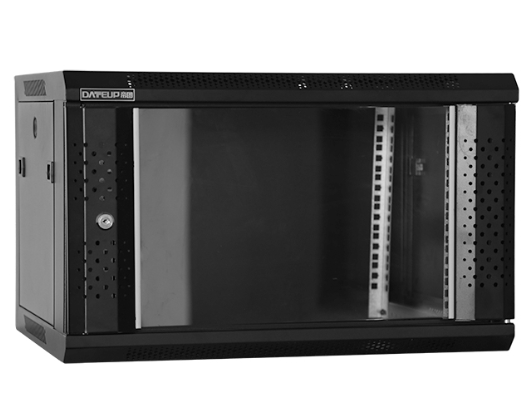News
Site Editor
 Site
https://leonetworkgroup.usa18.wondercdn.com/uploads/image/5fe152faa587d.png
As network systems become more complex, the use of patch panels and switches has become increasingly important. They are crucial components in modern network infrastructure, allowing for the proper organization and management of network cabling.Patch PanelsA patch panel is a device that allows a network administrator to organize and connect cables efficiently. Patch panels are usually used in serv
Site
https://leonetworkgroup.usa18.wondercdn.com/uploads/image/5fe152faa587d.png
As network systems become more complex, the use of patch panels and switches has become increasingly important. They are crucial components in modern network infrastructure, allowing for the proper organization and management of network cabling.Patch PanelsA patch panel is a device that allows a network administrator to organize and connect cables efficiently. Patch panels are usually used in serv
Why Use A Patch Panel And A Switch
Views: 507
Author: Site Editor
Publish Time: 2023-07-04
Origin: Site
As network systems become more complex, the use of patch panels and switches has become increasingly important. They are crucial components in modern network infrastructure, allowing for the proper organization and management of network cabling.
Patch Panels
A patch panel is a device that allows a network administrator to organize and connect cables efficiently. Patch panels are usually used in server rooms or data centers. Patch panels come in various sizes and can be customized to fit the specific needs of a network. When installing a patch panel, network administrators must ensure that they have enough ports available for their systems.
Patch panels provide a central location for connecting cables from different systems, such as servers, routers, or switches. This modular design allows for quick and easy installation of new systems or devices, while minimizing cable clutter and reducing the risk of accidental disconnections. Additionally, patch panels allow for easy testing and troubleshooting of cables and connections.
Switches
A switch is a networking device used to connect multiple devices, such as computers or servers, to a network. Switches are typically used in local area networks (LANs). Switches act as a central point for forwarding data between devices. They allow for efficient communication between devices connected to the same network.
Switches come in various sizes and configurations, ranging from small desktop models to large rack-mounted switches. Switches also differ in the number of ports available, with some offering as many as 48 or more ports. Managed switches have the added benefit of allowing network administrators to monitor and control traffic on a network.
Why use both?
While both patch panels and switches serve similar functions, they work together to create a more organized and efficient network system. Patch panels provide a central location for connecting cables, while switches act as a central point for forwarding data between devices.
Using a patch panel in conjunction with a switch ensures that network cabling is organized and easy to manage. Patch panels allow network administrators to easily add, move, or change connections, while switches enable efficient communication between devices.
In summary, patch panels and switches are two critical components in modern network infrastructure. By using both, network administrators can ensure efficient network communication while minimizing cable clutter and reducing the risk of accidental disconnections.
If you want to know more about industrial network cabinet,china fiber optic splice closure,china fiber optic distribution box,please consult the fiber optic splice closure factory









